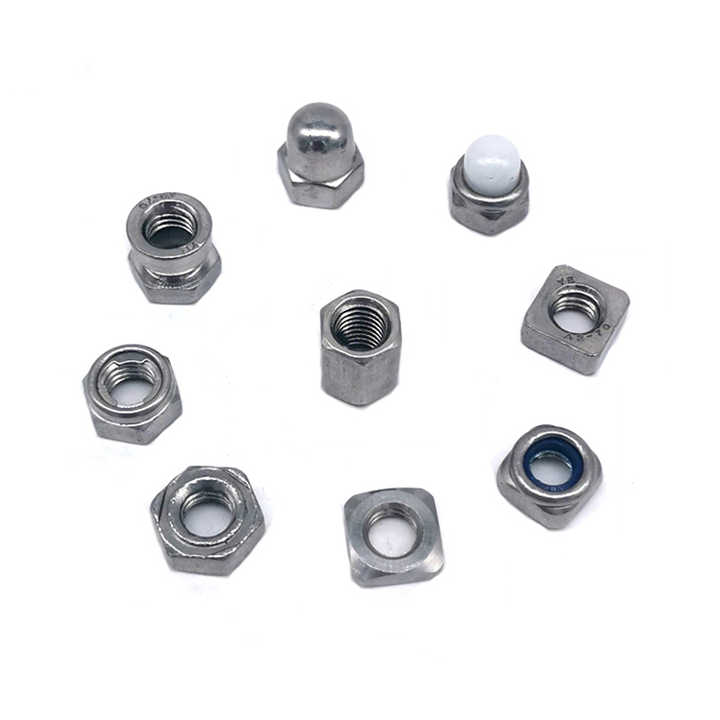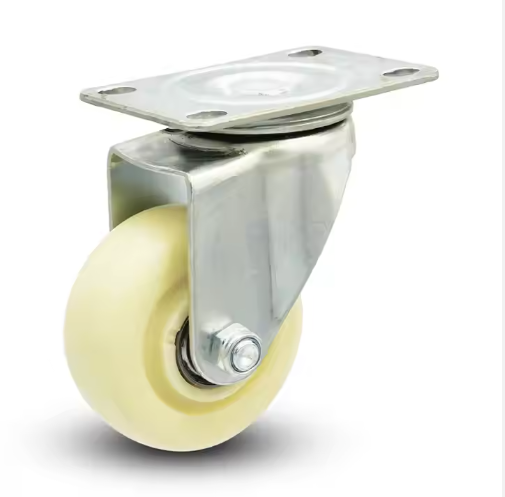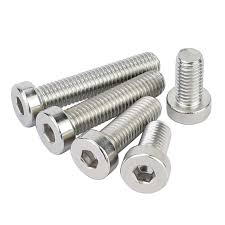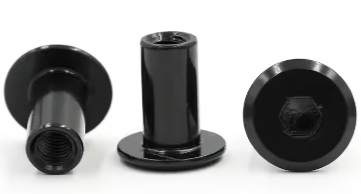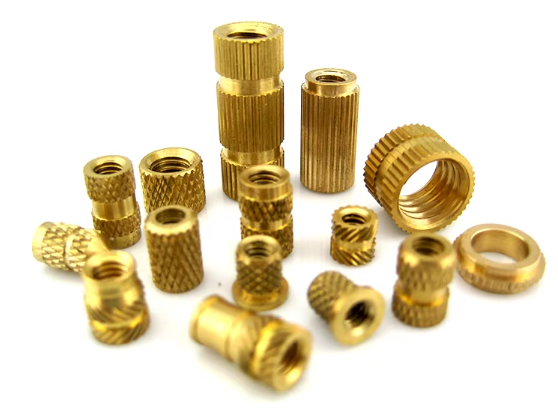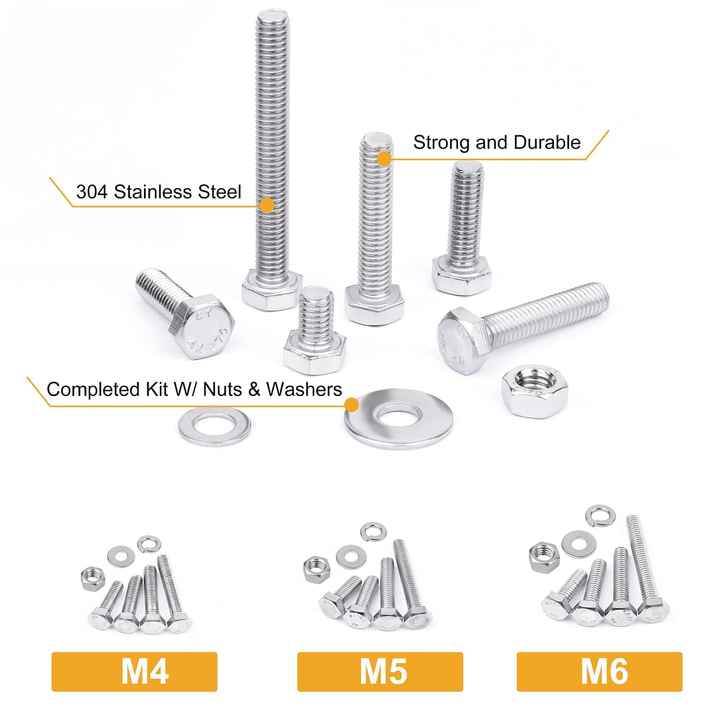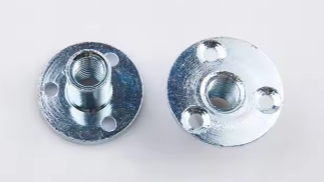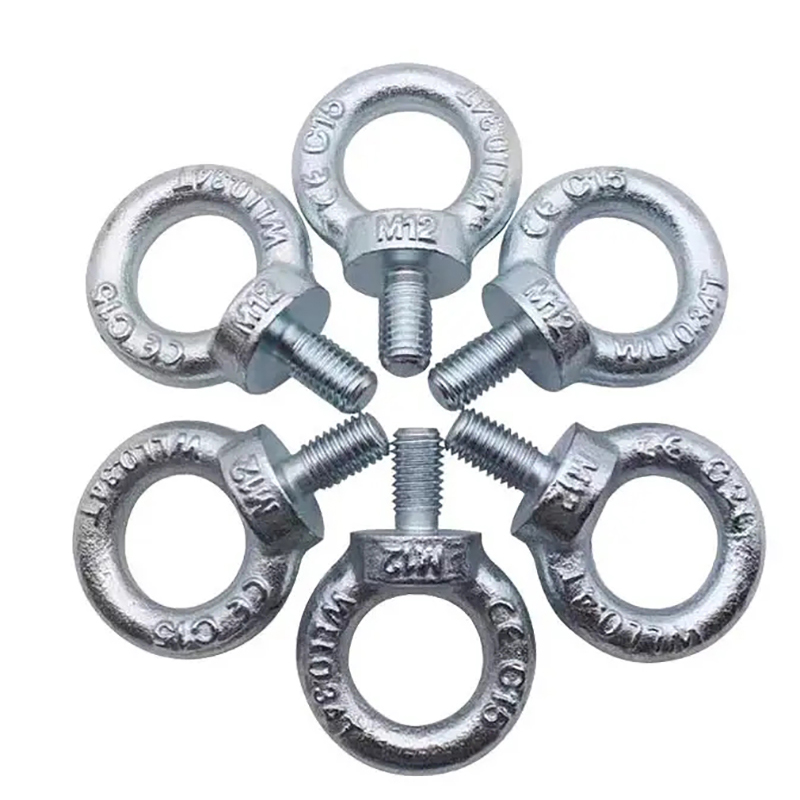

This comprehensive guide explores everything you need to know about rivet nut setters, from choosing the right tool for your project to mastering proper techniques. We'll cover different types of rivet nuts, the various rivet nut setter tools available, safety precautions, and troubleshooting common issues. Whether you're a professional or a DIY enthusiast, this guide will help you achieve professional results.
Rivet nuts, also known as blind rivets, are fasteners that create a strong, permanent thread inside a material without requiring access to the back side. They are widely used in various industries, including automotive, aerospace, and manufacturing, for applications requiring strong, reliable fastening.
Several types of rivet nuts cater to different material thicknesses and strength requirements. Common types include: steel rivet nuts, aluminum rivet nuts, and various specialized materials depending on the application. The choice depends heavily on the project's demands regarding strength, corrosion resistance, and weight.
Manual rivet nut setters are ideal for small-scale projects or occasional use. They are typically more affordable but require more manual effort. Consider the mandrel size compatibility with your chosen rivet nuts when making your selection.
Pneumatic rivet nut setters offer increased speed and power, making them suitable for high-volume or demanding applications. They are faster and require less physical effort than manual setters but require a compressed air source. The air pressure needs to be carefully regulated to avoid damaging the rivet nut or the material.
Electric rivet nut setters provide a balance between power and convenience. They offer the speed of pneumatic tools without the need for a compressed air line. Consider the tool's power, speed, and the availability of replacement parts when selecting an electric rivet nut setter.
Ensure the material is securely clamped and positioned correctly. The surface should be clean and free from any debris to ensure a proper installation. Pre-drilling holes to the correct diameter is crucial for a successful installation.
Insert the rivet nut into the prepared hole. Place the rivet nut setter over the rivet nut and apply pressure according to the manufacturer's instructions. The rivet nut should be fully installed without damaging the surrounding material.
A squished or improperly installed rivet nut may indicate issues with improper mandrel selection, incorrect hole size, or excessive force. Always refer to the manufacturer's instructions for specific troubleshooting advice.
Always wear appropriate safety glasses to protect your eyes from flying debris. Ensure the work area is well-ventilated. Always use the correct mandrel size for the selected rivet nut to avoid damage to the tool or the material. Never exceed the recommended pressure or force when using pneumatic or electric tools.
| Feature | Manual | Pneumatic | Electric |
|---|---|---|---|
| Power Source | Manual | Compressed Air | Electricity |
| Speed | Slow | Fast | Medium |
| Cost | Low | Medium-High | Medium |
| Maintenance | Low | Medium | Medium |
For a wide selection of high-quality fasteners, including rivet nuts, consider exploring the comprehensive offerings from Hebei Dewell Metal Products Co., LTD. They are a reputable supplier known for their extensive product range and commitment to quality.
This guide provides a general overview. Always consult the manufacturer's instructions for your specific rivet nut setter and rivet nuts before starting any project.

